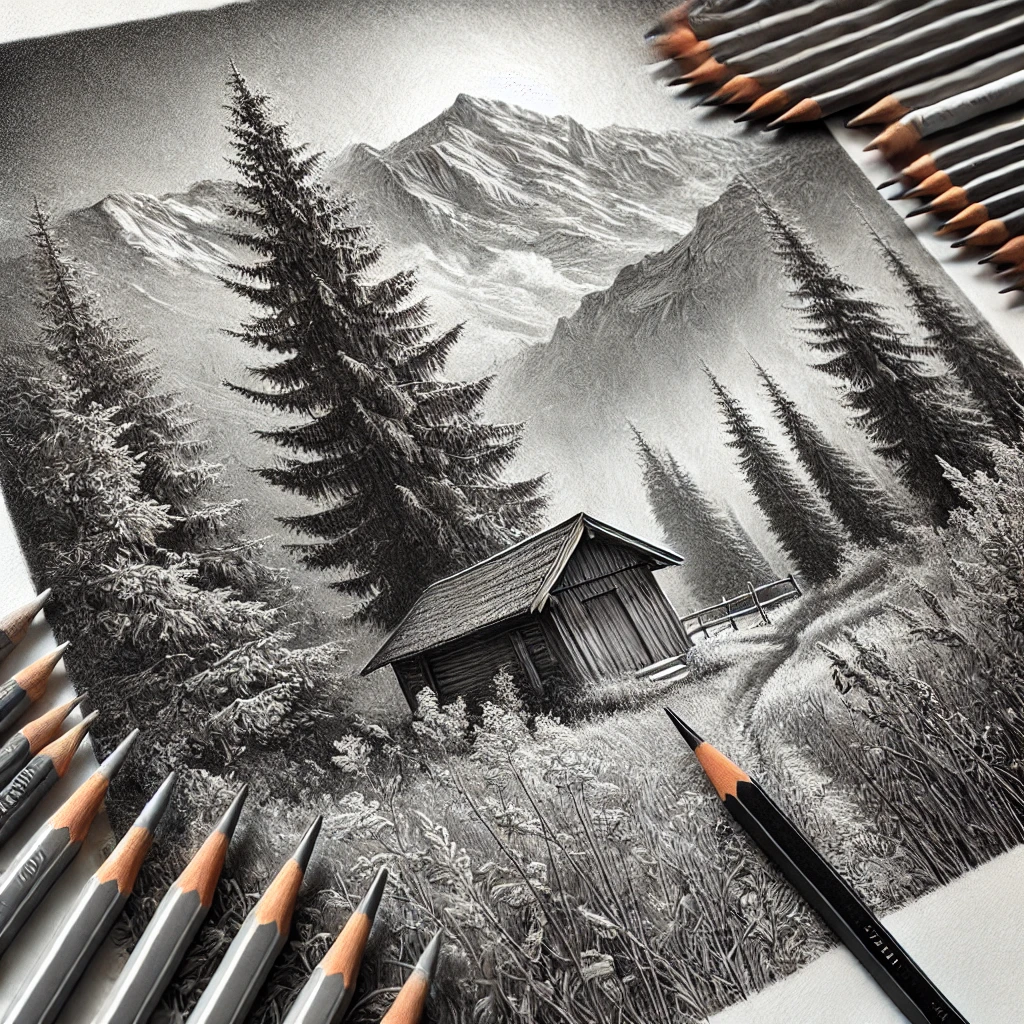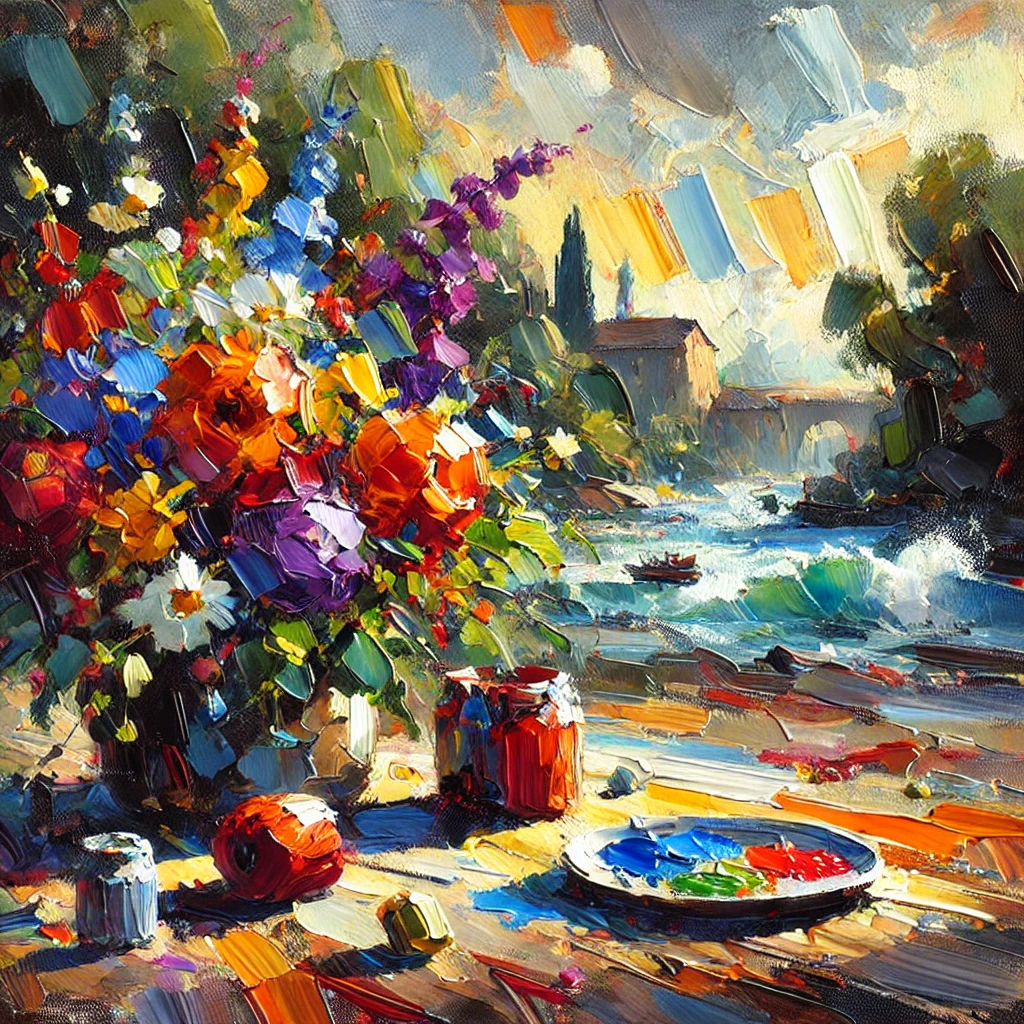Main aspects of the program:
In-depth study of drawing techniques: The program pays great
attention to improving drawing skills as a fundamental technique
in art. Teenagers study anatomy, light and shadow, perspective,
proportions and structure of objects. Working with more complex
tasks and long projects helps students develop technicality and
confidence.
Drawing the human figure and anatomy.
Development
of perspective and depth skills in work.
Working with
materials: pencil, charcoal, sanguine, ink.
Advanced
painting and work with color: Teenagers continue to deepen their
knowledge of color, studying more complex color combinations and
techniques. They work with acrylic, oil, watercolor and gouache,
studying different ways of applying paints, textures and color
effects.
Advanced watercolor, oil, and acrylic
techniques.
Experiment with textures, layering, and
volume.
Mastering mixed media that combine graphics and
painting.
Creating Complex Projects: In this program, teens
begin working on longer, more complex projects, which helps them
develop the ability to plan their work and complete it. These
can be large paintings, thematic series, or multi-component
compositions.
Long-term projects with deep immersion
in the topic.
Creating conceptual series of paintings.
Individual
and team work.
Introduction to Modern Styles and Trends:
The program covers the study of modern art trends such as
abstract art, expressionism, conceptual art, street art, and
others. This allows teens to find their own vision and style,
explore different ways of expressing ideas through art.
Studying
modern artists and styles.
Creating works in the styles of
abstraction, surrealism, pop art, and others.
Experimenting
with unusual techniques and materials.
Portfolio
Development: For teenagers who plan to continue their education
in art colleges or special schools, it is important to build a
strong portfolio. We help students select and organize their
best works, provide recommendations for improvement and
design.
Selection and organization of the best works
for the portfolio.
Preparation of serial and thematic
works.
Tips for creating a varied and original
portfolio.
Critical Analysis and Self-Reflection: Teens
learn to analyze their own work and the work of others, discuss
artistic techniques, goals and meanings of works. We develop
critical thinking and the ability to discuss and defend their
creative ideas.
Discussion of artistic ideas, themes
and meanings.
Critical analysis of their own and other
people's works.
Developing skills of reflection and
constructive criticism.
Preparation for competitions and
exhibitions: As part of the program, teenagers have the
opportunity to participate in competitions, exhibitions and
other creative events, which helps them gain experience in
public display of their work and feel part of the professional
world of art.
Participation in local and
international competitions.
Preparation of works for
exhibitions.
Presentation and defense of your projects.










